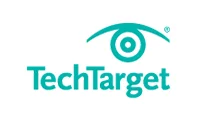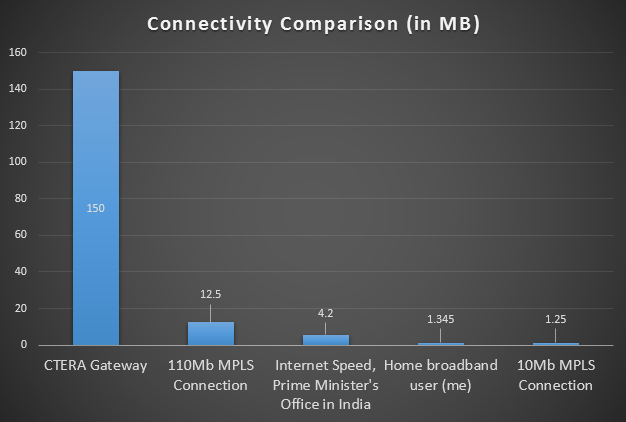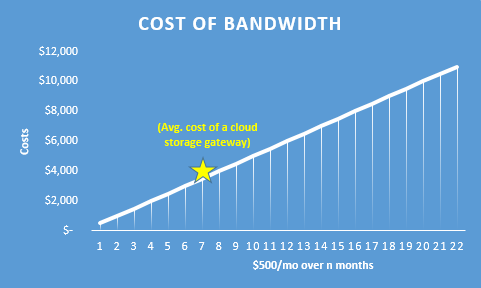Apart from the growing number of use cases for the CTERA gateway, it’s also worth noting some of the performance advantages inherent in a sync-enabled gateway, notably the ability to sync large datasets – projects, directories, etc. – across global environments. This is important because while typical SaaS file sharing applications can help facilitate file sharing and collaboration, the cloud-enabled solutions alone are not the answer.
When we think about what drives heavy network consumption in the branch office, it boils down to a few key things:
- Moving from a local NAS to cloud-based file solutions creates more bandwidth constraints for locally shared files
- Large files are X times slower to download and upload
- Branch offices can experience bandwidth outages/connectivity issues
So when you have increasing numbers of users uploading, downloading, and sharing files through the cloud, there’s a correspondingly increasing need for high bandwidth at the branch office. This is why branches purchase bandwidth at speeds of 110Mbps and beyond. (FWIW, I typed this from my home office where I have a 10-12 Mbps internet speed, typical for residential areas).
Fast service isn’t cheap; 110 Mbps can cost an office about $500 per month on average. Multiply that by n number of branches in the organization and those network costs just to enable user productivity through file access is enormous. And even when expensive, the network isn’t always reliable; various networks worldwide suffer from inconsistent bandwidth performance.
OK, back to the CTERA gateway, and this is where things get fun. The chart below compares data access speeds of the CTERA gateway vs. direct-to-cloud options, including the 110 Mbps-connected branch office and the internet speed of an international political office
.
The CTERA gateway provides up to 12x access to data over a 110Mbps connection that could be the standard broadband speed any number of branch offices (and which, as we noted above, is really fast already). With a sync-enabled gateway, branches need not concern themselves about latency, connectivity issues, or sending huge chunks of data through thin pipes because the files are co-located at the branch, as is the storage infrastructure (the gateway).
Now consider the high cost of high-speed broadband. If the average 110Mb MPLS connection costs a branch office $500 a month, the breakeven cost associated with a CTERA gateway (average cost $3,500) is in the range of seven months.
And the CTERA gateway will last a lot longer than seven months.
So as you consider your branch office network infrastructure, know that if you meet the following criteria:
- You need access to large files and projects
- The cost of recurring service for broadband is more than the cost of a cloud storage gateway
- You’re only buying high-speed broadband to get fast access to large files
… you can deploy a cloud storage gateway to benefit from LAN speeds at the branch office without having to buy high-speed broadband.
So there you have it – a cloud storage gateway that enables an ever-growing number of use cases and can do so at lower cost and with better performance than direct-to-cloud solutions. Welcome to a new era of productivity for users and a new world of optimal performance and cost savings for IT organizations.




